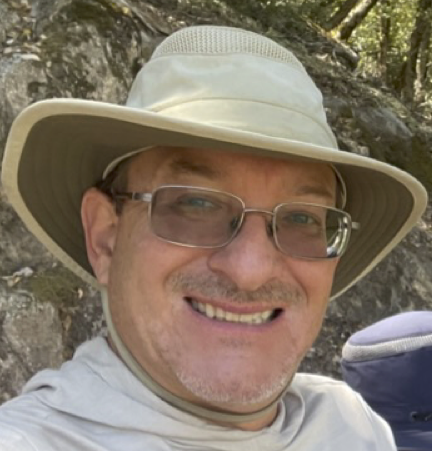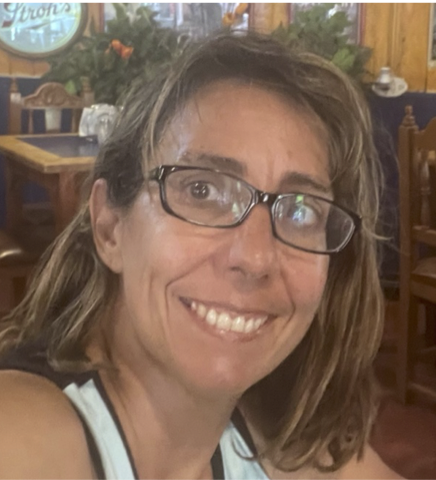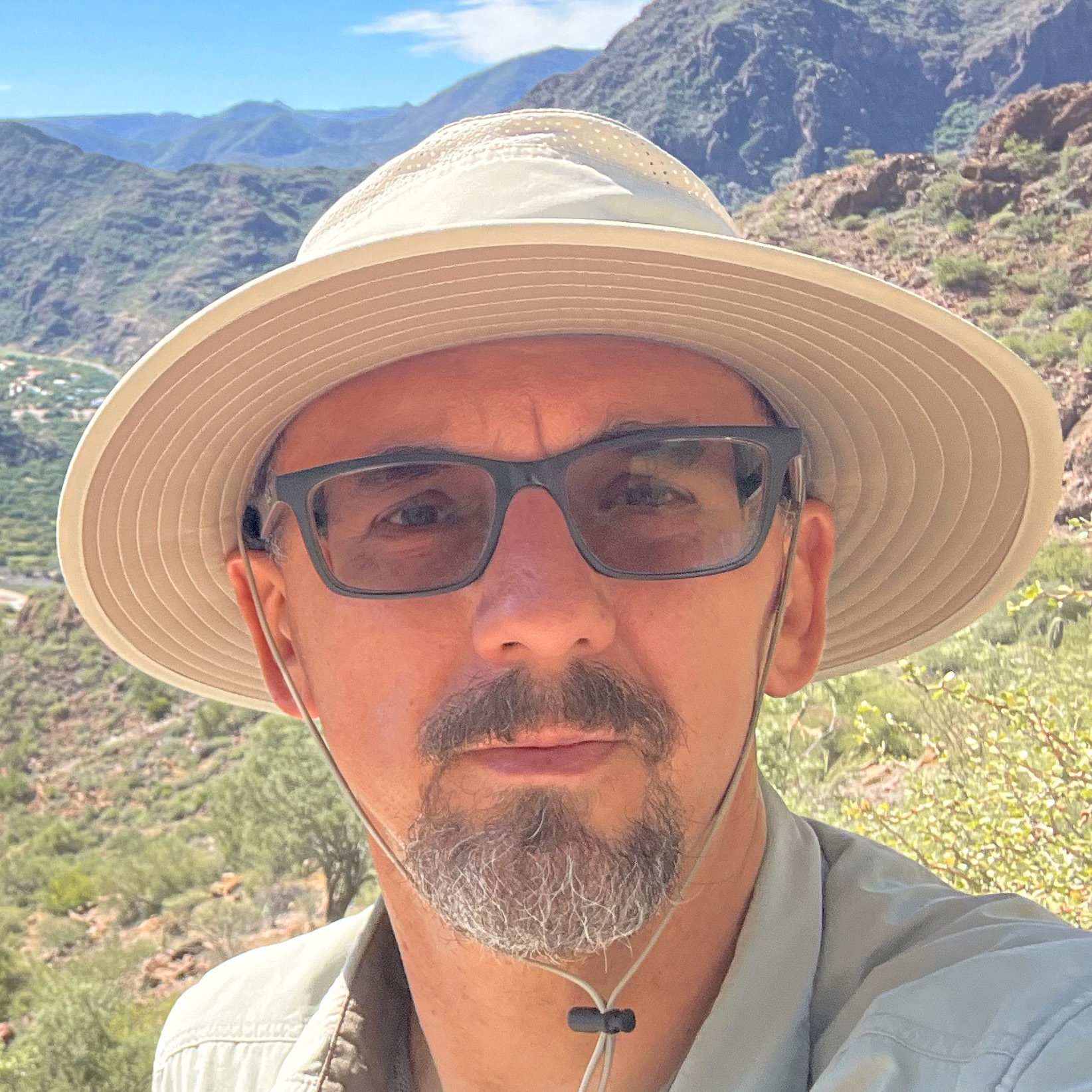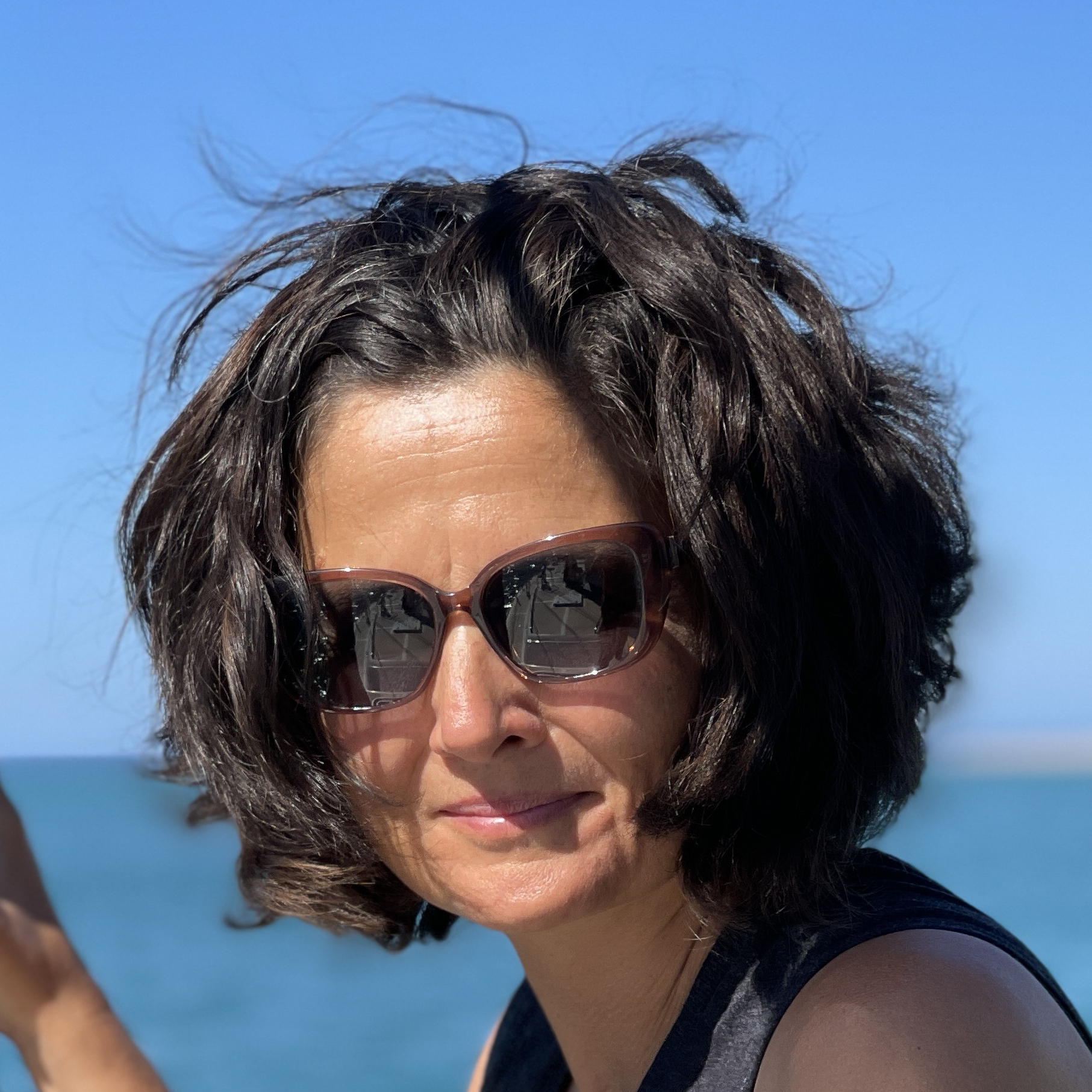LET THE SEASON BEGIN
LET THE SEASON BEGIN
Hurricane season is officially over in the Atlantic and people are getting underway and moving

After quite a bit preparation Kosmos, 2006 Nordhavn 43, with crew Christi, Eric, and Keith underway from San Diego to Marina Coral in Ensenada. Planning to get to Panama in a month or so. Our next journey begins! Tracker on.
Keith simple sentiment is he is “excited”. I am reflective how special and rare it is to pull off living on a cruising boat, it offers such a wider range of emotions than land life. I am also ready to use the various upgrades to Kosmos to hopefully keep us safe and comfortable.

SY KOSMOS 🇺🇸 Eric, Christi, & Keith - Nordhavn 43'


SV QUE VENDRA SHARES TRIP REPORT FROM DRAKE BAY, COSTA RICA
SV QUE VENDRA
SHARES TRIP REPORT
FROM DRAKE BAY, COSTA RICA
Olena & Maciek from SV QUE VENDRA recently sailed into Drake Bay, Costa Rica. Drake bay is a quintessential anchorage on the north side of Cordova National Park one of the most biodiverse national parks in the world. The Bay can be quite protected and a great springboard for many shoreside adventures. Drake Bay has an air of historical relevance that leaves a lot to ones imagination.


Here SV QUE VENDRA share their report:


SY QUE VENRA 🇺🇸 Maciek & Olena – Outbound 46’




